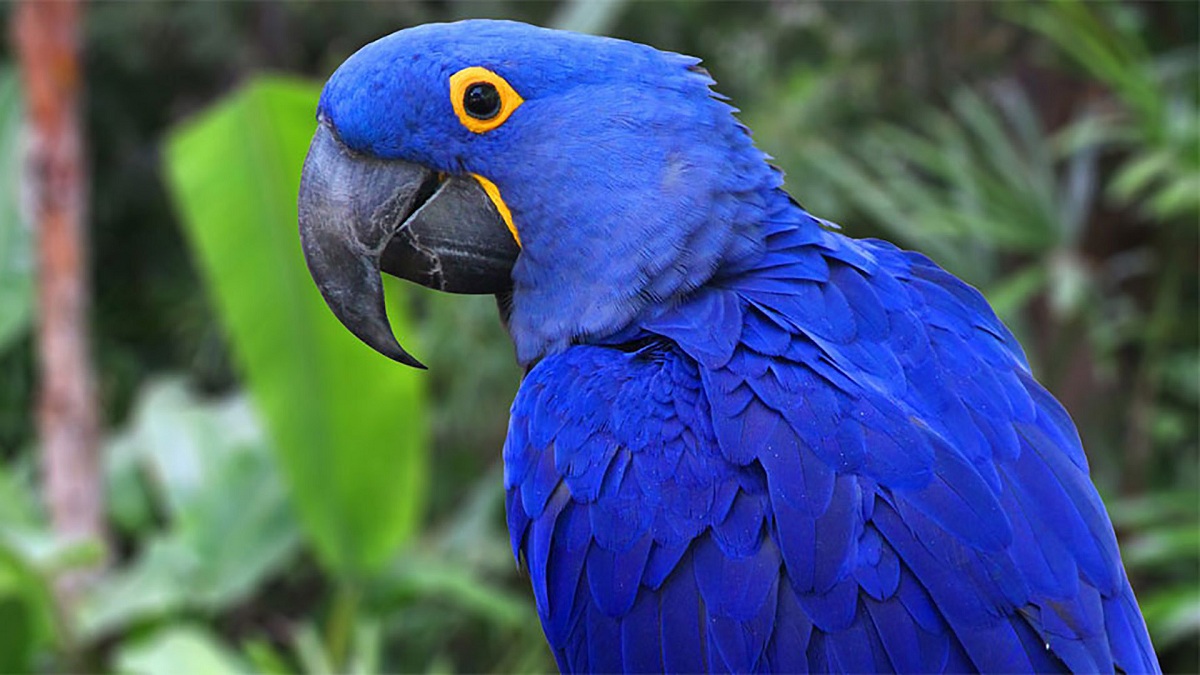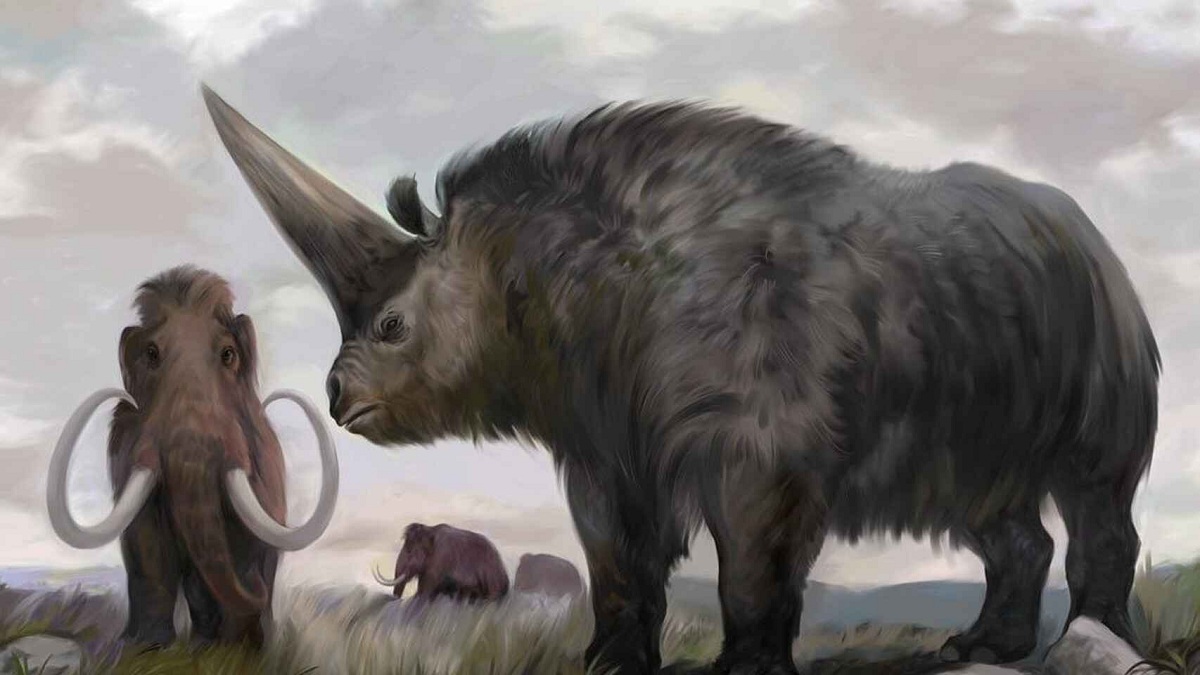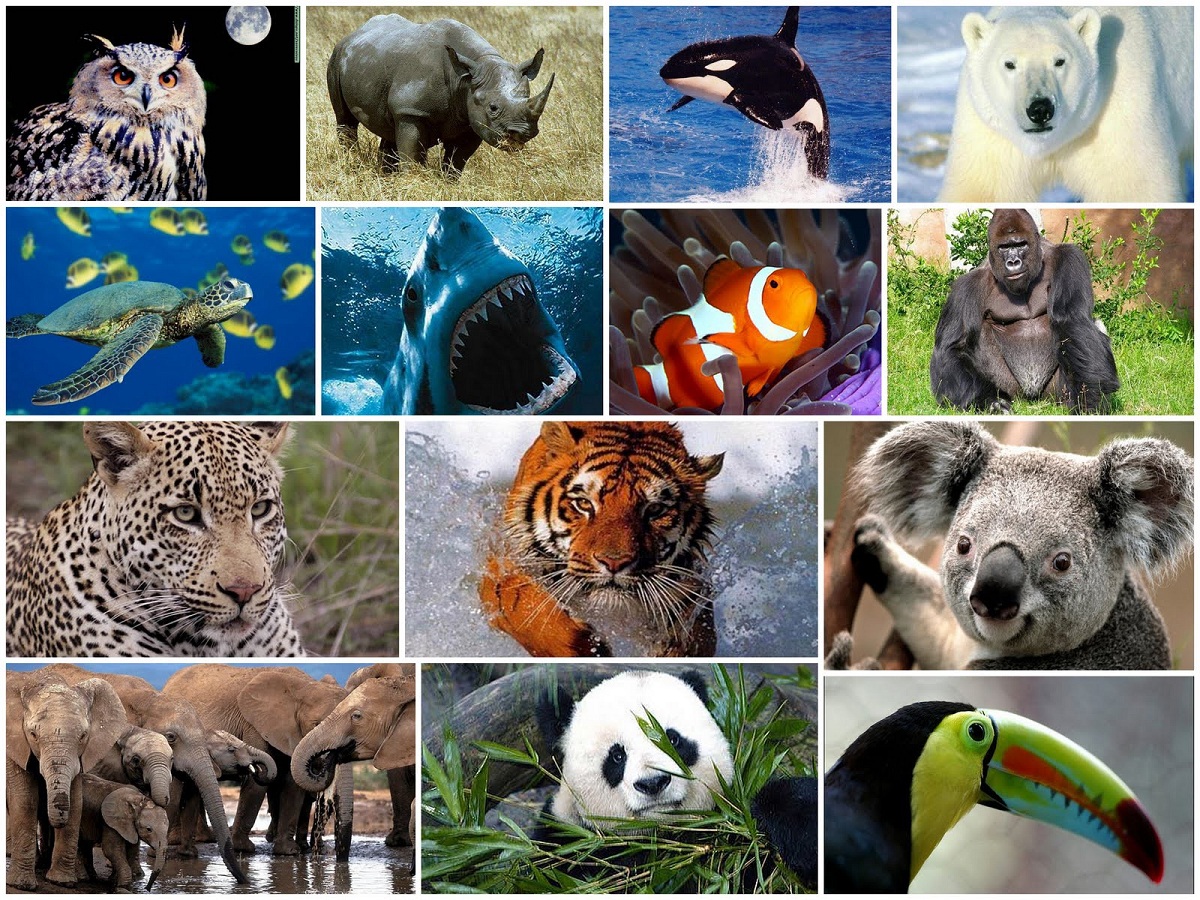
We know that humans have expanded their range throughout the world at an accelerating rate. From the industrial revolution we have urbanized a large part of the planet and with our productive activities we end up polluting natural systems. This abusive and unsustainable use of natural resources is not only damaging the health of the planet, but is also destroying biodiversity species and making them disappear forever. In the list of extinct animals There are already a large number of animals and plants that have completely disappeared from this planet because of us.
Therefore, we are going to review some of the extinct animal species that she can only remember and that we will never be able to see on our planet again.
Environmental impacts of human beings

Human beings extract natural resources to use them in our productive activities, whether in industry or consumption. We know that, by nature, human beings need natural resources to be able to supply themselves and develop as a species. However, we have reached a point of technology and the need to consume so high that we end up destroying everything we pass through.
The main problem lies in the use of fossil fuels as an energy source. These fuels generate a large amount of air pollutants that cause serious problems, climate change and global warming. Thanks to biodiversity, human beings enjoy food security, access to clean water and raw materials. The biological balance also helps regulate the climate and curb pollution. However, due to our activities, this balance is being threatened to such an extent that humans will have problems getting food and energy.
The extinction of species is not something anecdotal, but there is an organization that is responsible for measuring the environmental impacts on extinct animals. The United Nations (UN) has warned that 150 species are extinct every day. According to a 2019 report on the state of the planet's biodiversity, 25% of the animals and plants analyzed are in danger of extinction and only a third of countries are on track to achieve their biodiversity goals.
This frenzied loss of biodiversity makes it difficult for conservationists to assess declines in plant and animal species at a real-time rate. In order to protect our biodiversity, we need to bet on environmental conservationism. There are millions of measures for the protection of the environment such as the breeding of animals in captivity for their future implementation. freedom, creation of nature reserves, fight against animal trafficking, etc.
Extinct animals

The first of all is to know what extinct animals mean. A species is considered to be completely extinct when the last known specimen dies without leaving any genetic heirs. The myth of the 50-year rule has been perpetuated, but there is not really a specific margin. This rule indicates that if no species is sighted during that time it can be considered extinct. Determining if a species is totally different is complicated. On some occasion, some specimens of species that were considered different have been discovered, a phenomenon known as the Lazarus taxon.
In order to confirm the disappearance of a species, it is essential to know well the red list of the International Union for Conservation of Nature (IUCN). This document, launched more than half a century ago, has been collecting information from expert biologists, conservationists and statisticians to record the conservation status of species.
Types of extinct animals

Not all animals that disappear completely do so in the same way. At present, two types of extinctions can be distinguished according to the way in which a species ends up disappearing. Let's see what these types are:
- Phyletic extinction: It is about that species that disappears giving rise to a more evolved one. The initial species is considered as the ancestor and it is considered extinct once it resists individuals with the same genetics. However, his lineage continues. There is neither an increase nor a decrease in total diversity.
- Terminal extinction: it is a species that becomes extinct without leaving descendants completely. Therefore, the amount of total diversity decreases. In turn, it can be divided into two types: background terminal extinction. It is one that causes a progressive disappearance and will continue over time. Here individuals are disappearing with the passage of time either by natural or human causes. Massive terminal extinction: it is one that occurs globally and with a common trigger. It must be a trigger that causes rapid extinction and affects a number of unrelated organisms. Here we have the clear example of the extinction of the dinosaurs.
Causes of animal extinction
We must know that animals can become extinct naturally by evolution or by changes in environmental conditions. Animals and plants must adapt to changes in the scenarios of the ecosystems where they live. There are some species that adapt better than others and manage to perpetuate the species. However, others do not do it in the same way. We must know that more than 99% of all organisms that once lived on our planet no longer exist.
Let's see what are the main causes of extinct animals:
- Demographic and genetic phenomena: species are small populations have a higher risk of extinction. This is because natural selection can attack more deeply and there are not enough genes for further adaptation.
- Destruction of wild habitats: This factor is mainly due to human causes. The overexploitation of terrestrial and marine resources generates a destruction of natural habitats of wild species.
- Introduction of invasive species: Invasive species introduced into an ecosystem artificially, intentionally or accidentally promote an alteration of the existing biodiversity. The new inhabitants displace native species that may become extinct.
- Climate change: the increase in global average temperatures causes a change in the dynamics of the atmosphere. All this will have an impact on rainfall, temperature, drought, floods, etc.
I hope that with this information you can learn more about extinct animals and their types.